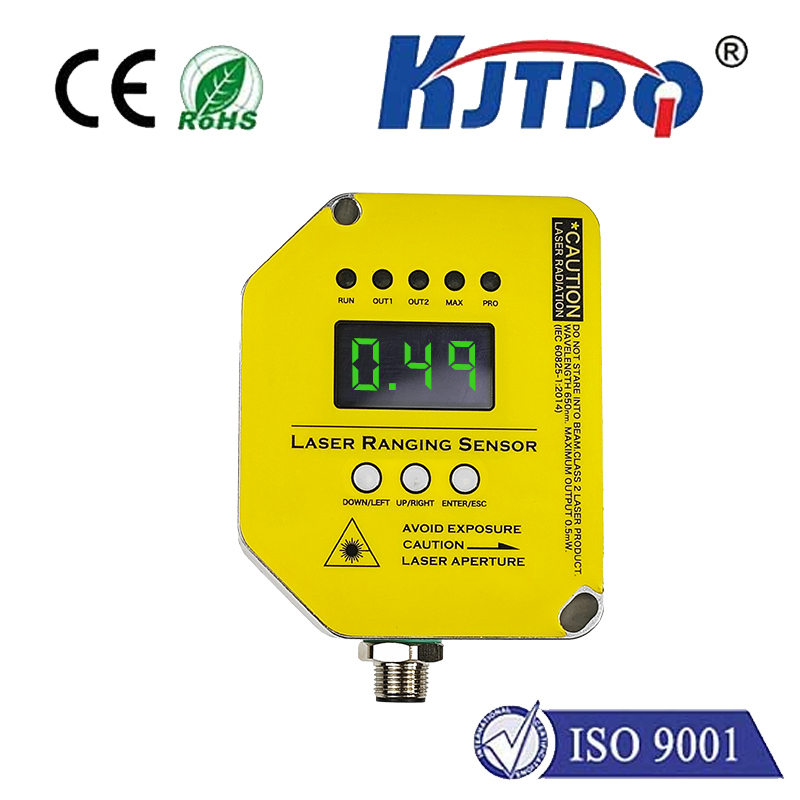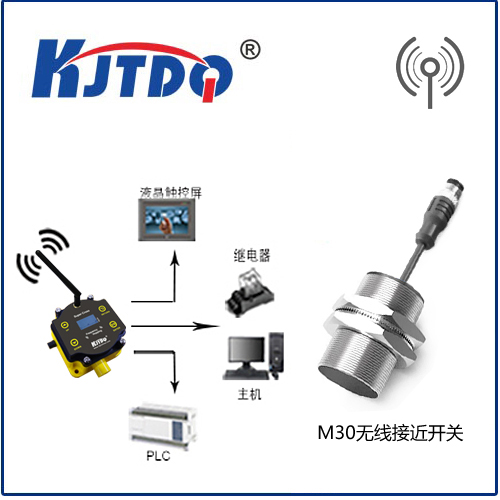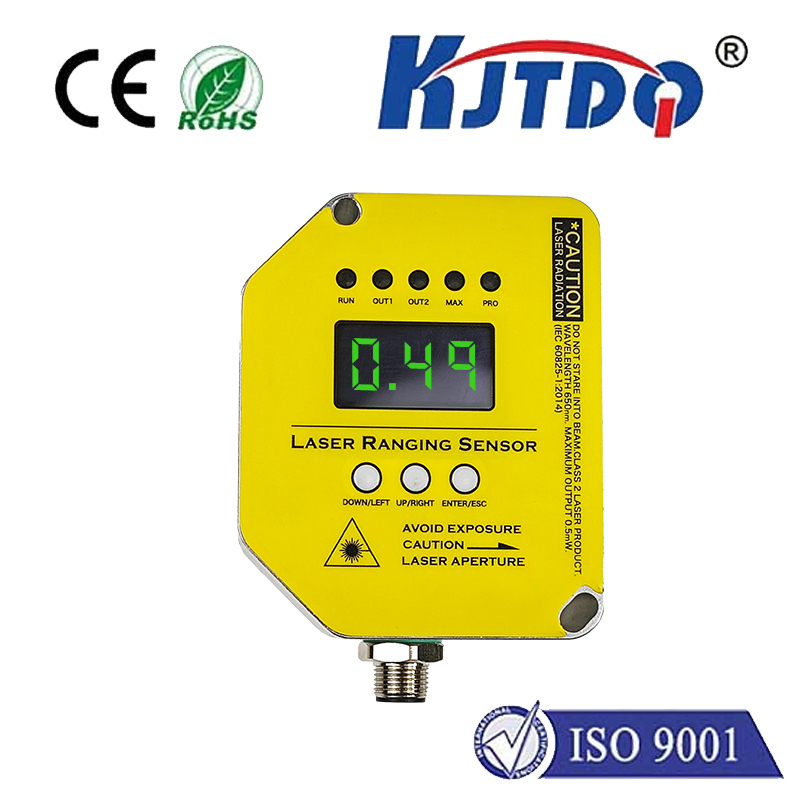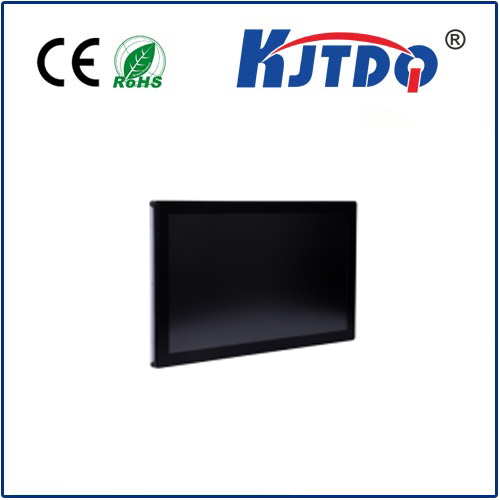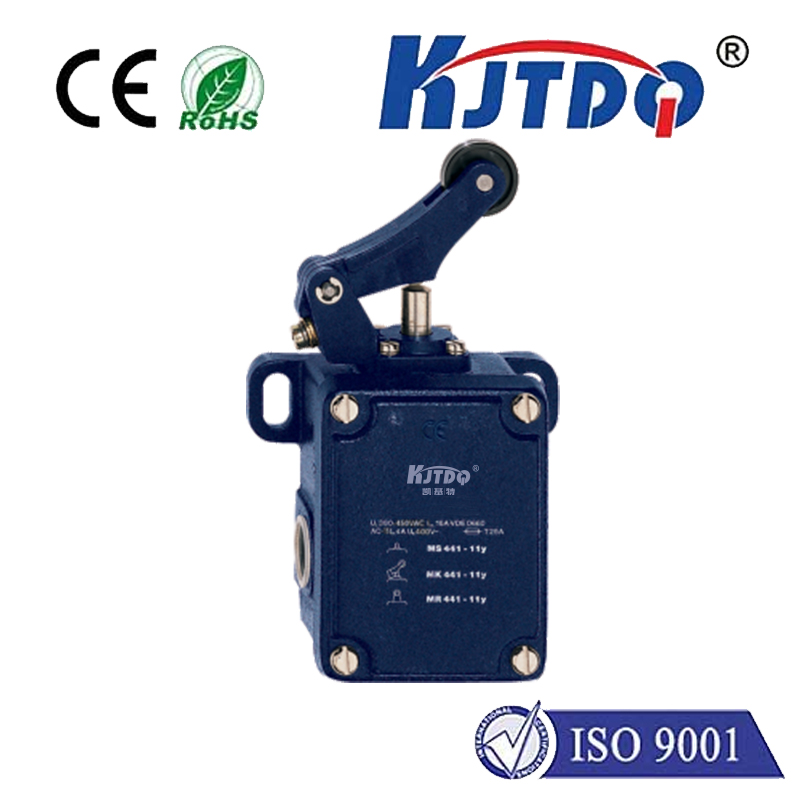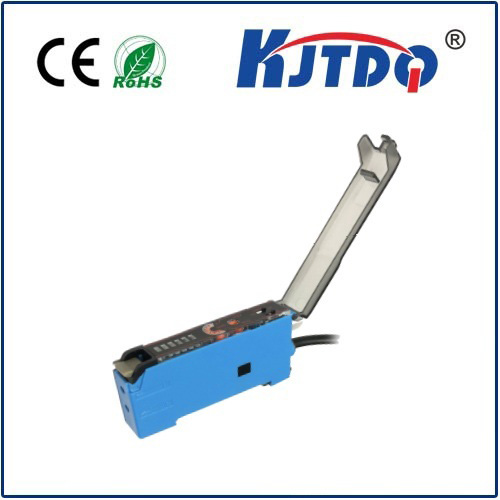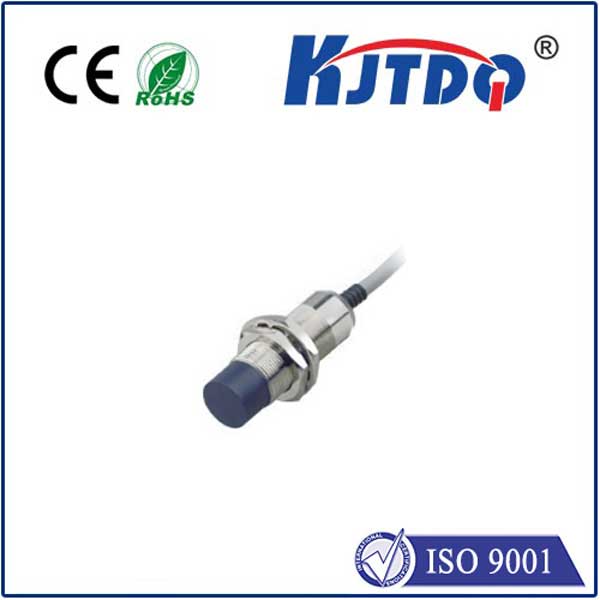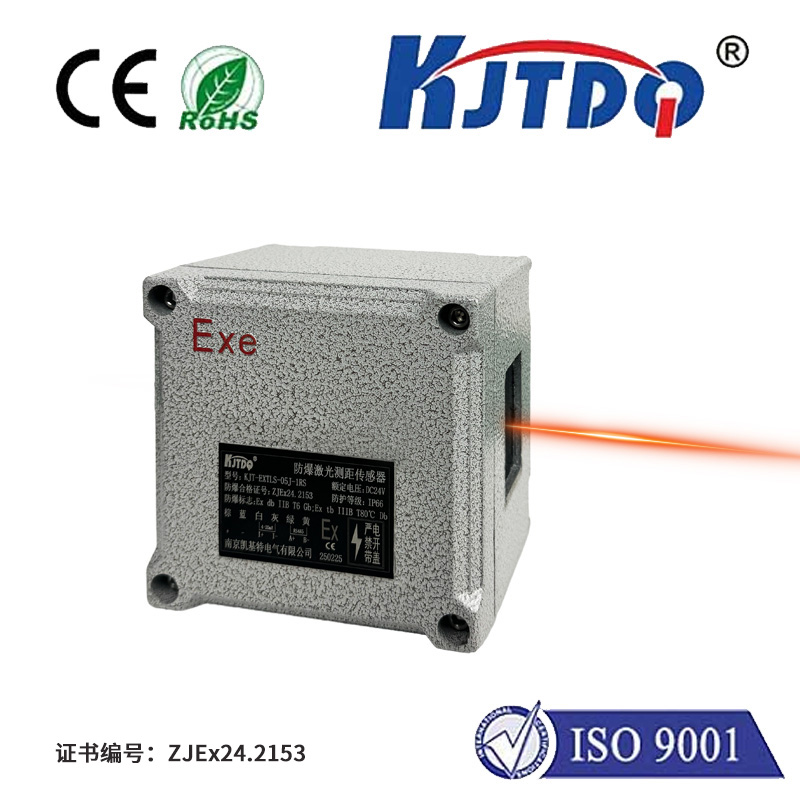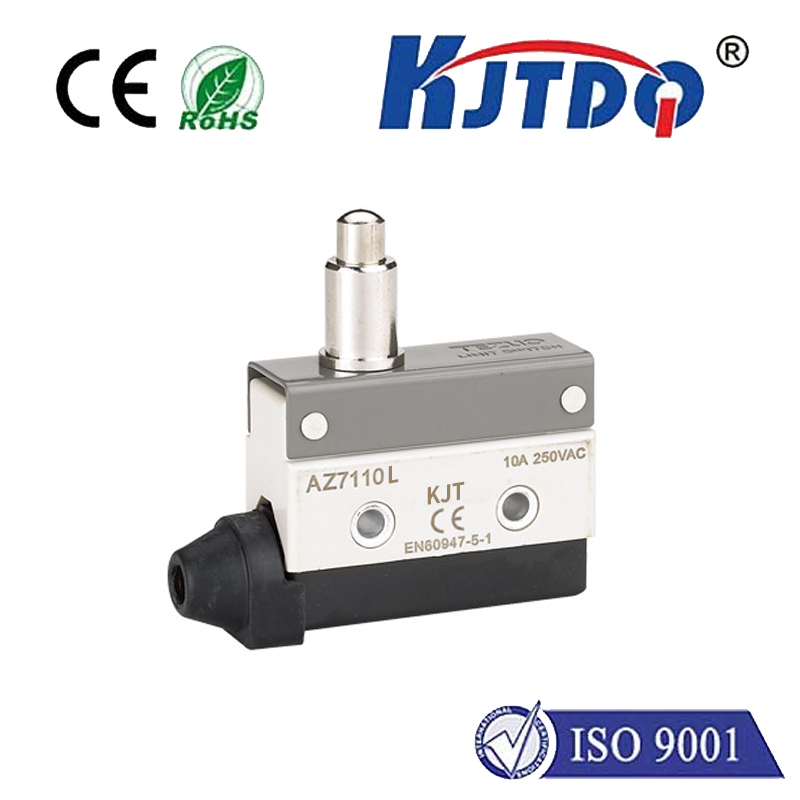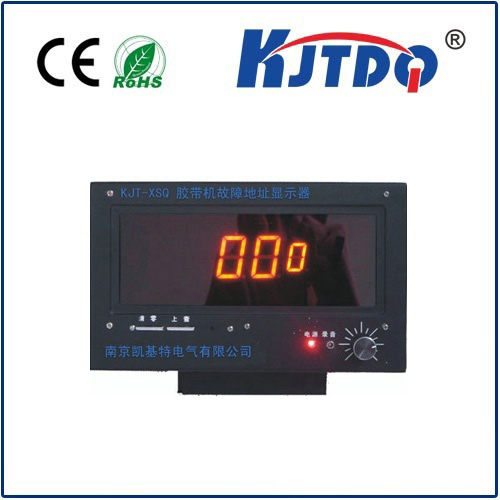

check

check

check

check

check

check

check

check

check

check
Hoist limit switches are essential components in many industrial and commercial applications. They play a crucial role in controlling the movement of heavy loads, such as cranes, conveyors, and elevators. In this article, we will explore the importance of hoist limit switches and their benefits.
Firstly, hoist limit switches provide safety to workers and equipment. By setting limits on the movement of heavy loads, these switches prevent accidents caused by overloading or misalignment. This ensures that the load is moved within acceptable parameters, reducing the risk of damage to both the equipment and the workers operating it.

Secondly, hoist limit switches improve efficiency by reducing downtime. When a load exceeds its set limit, the switch automatically stops the hoist, preventing any further movement. This allows operators to quickly identify and resolve the issue without having to shut down the entire system. As a result, maintenance costs are reduced, and productivity is increased.
Thirdly, hoist limit switches enhance accuracy and reliability. These switches are designed to operate with precision, ensuring that loads are moved consistently and accurately each time. This reduces errors and increases overall system reliability, which is critical in industries where precision is paramount.
In addition to these benefits, hoist limit switches also offer flexibility and ease of use. They can be easily adjusted to meet changing needs and requirements, allowing for customization based on specific applications. Furthermore, they require minimal maintenance and can withstand harsh environments, making them ideal for industrial settings.
In conclusion, hoist limit switches are an essential component of many industrial and commercial applications. They provide safety, improve efficiency, enhance accuracy and reliability, and offer flexibility and ease of use. By incorporating hoist limit switches into your operations, you can ensure the safe and reliable movement of heavy loads while also improving overall system performance.
